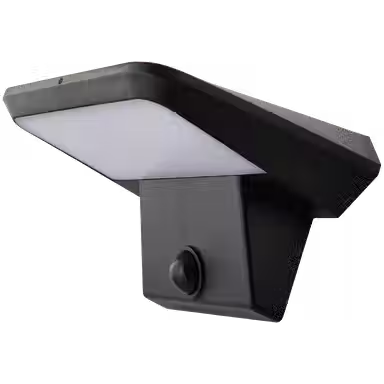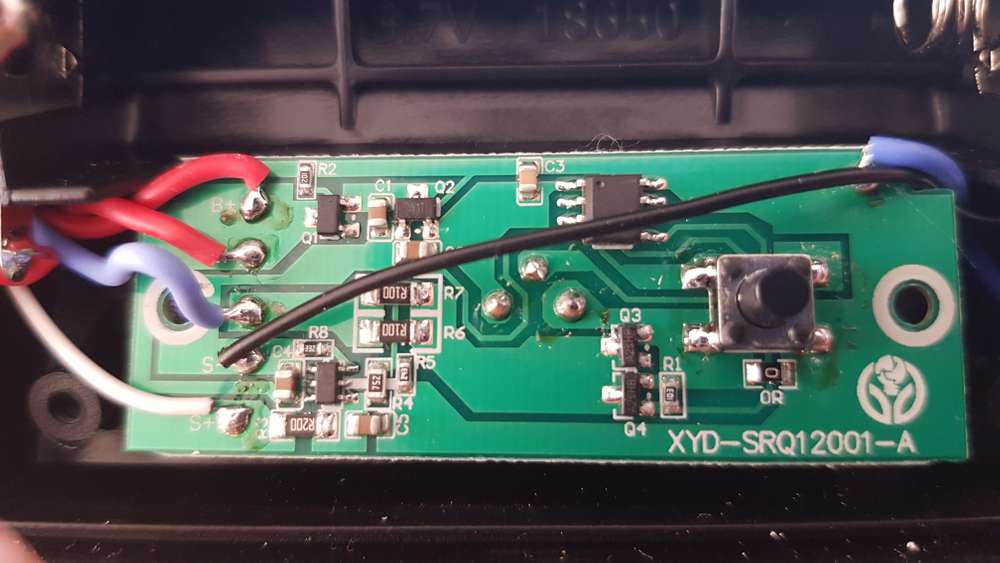I found this solar light at Action:

Solarlight Action NL
Seems very hackable:

includes:
- 40 LED panel; 40 white led in parallel
- 5.5 V 200 mA solar panel
- 1 x Li-ion 3.7 2000mAh cell (in battery holder: can be removed )
- PIR Motion sensor 3.3V
Signals:
-Q1 / R2 = probably battery polarity and discharge protection - Solar charging IC (could be C3130) pins seems to match functionality:

- R8 (3K3) is probably RiSet
There is one 8 pin logic chip.
- Signal at Pin 2 is connected to the PIR
- Signal at Pin 3 is connected to voltage divider R4/R5 to detect sun light, (LEDS will switch off when there is sun light)
- Signal at Pin 4 is connected to the button (ON/OFF/Mode)
- Signal at Pin 5 to R1 is driving the leds via Q1/Q3 (N-channel Mosfet A2SHB) R7/R6 (2x 0.1) Ohm
- Q2 = voltage regulator 3.3 V To pin 1 of logic chip and PIR element
Hope to make some mysensor thing out of this soon.
Greetings A3
